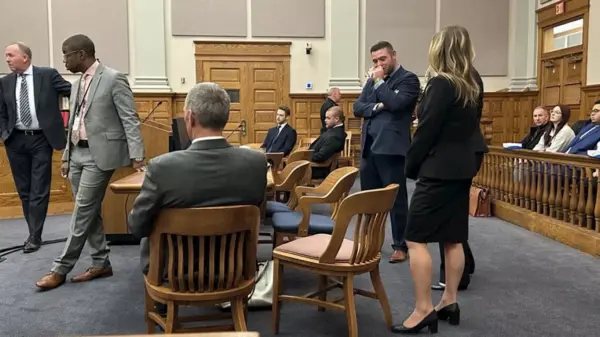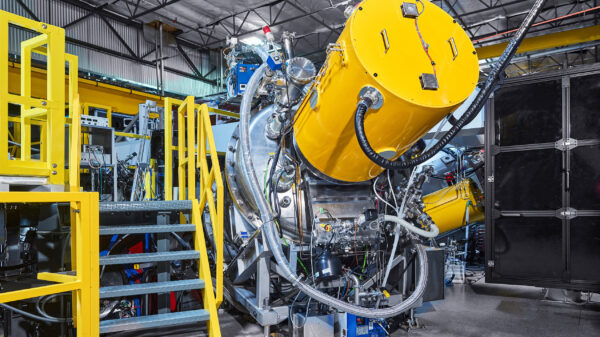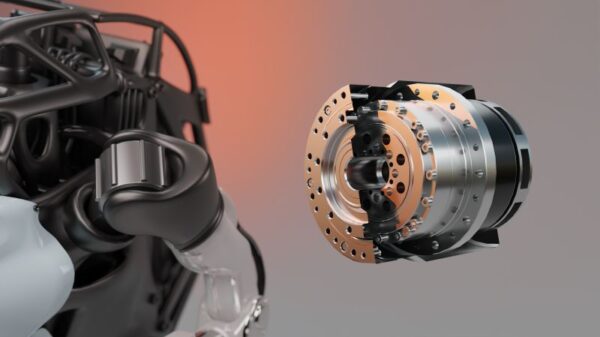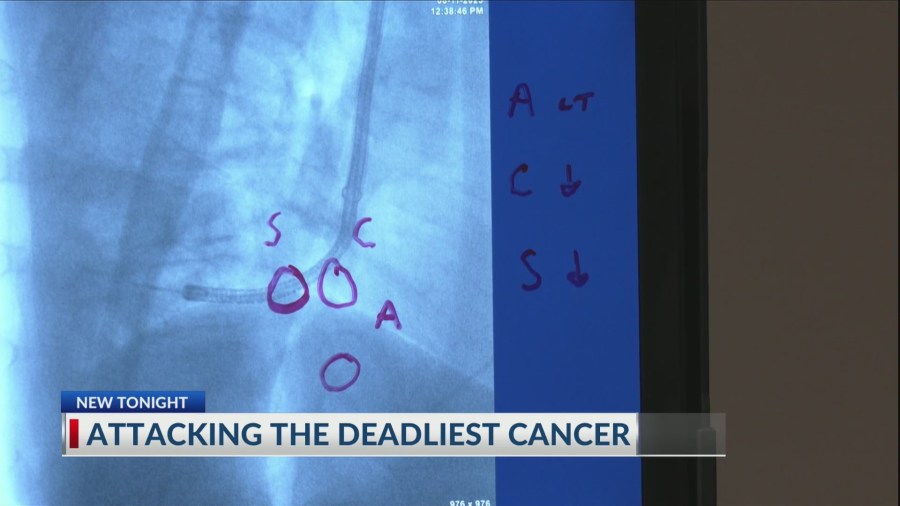Doctors in Savannah, Georgia, have introduced advanced robotic technology designed to enhance the precision of lung cancer treatment. The innovative Monarch procedure allows medical professionals to locate and target lung cancer nodules with greater accuracy than traditional imaging methods. St. Joseph’s/Candler is among a select group of hospitals across the United States utilizing this groundbreaking approach.
During a recent demonstration, Dr. Douglas Mullins performed the Monarch procedure, showcasing its capabilities amid Lung Cancer Awareness Month. This month is particularly significant given that lung cancer remains the deadliest form of cancer worldwide. Dr. Mullins, who has conducted approximately 1,600 procedures, emphasized the importance of this technology in improving patient outcomes.
The Monarch device resembles a video game controller, providing surgeons with a user-friendly interface to navigate through the lungs. The imaging displayed on the screen is akin to a Google map, allowing for precise identification of cancerous nodules. A recent patient had a small nodule detected through routine screening, prompting the need for this advanced intervention.
“We have a high suspicion that that nodule is cancer,” Dr. Mullins stated. “The nodule is very, very small, making it difficult for a surgeon using traditional systems to locate it.” The Monarch system enhances the ability to accurately mark the nodule, guiding surgeons on the necessary tissue to remove.
According to Dr. Mullins, the use of this technology has significantly improved the chances of successfully performing biopsies. Previously, doctors had only a 10-15% chance of accurately targeting small nodules during procedures. With the Monarch system, this accuracy has increased to over 90%, making it a safer option for patients.
Dr. Mullins expressed pride in offering patients treatment alternatives that allow for quicker recoveries and shorter hospital stays. “Every patient that has this procedure done is absolutely thrilled,” he remarked. “They recognize that something special has happened. We can identify small nodules that may otherwise be overlooked or assumed to be benign at other institutions.”
St. Joseph’s/Candler is at the forefront of integrating such technologies into their lung cancer diagnosis and treatment protocols. Dr. Mullins encourages individuals, especially those who smoke or have a family history of lung cancer, to consider regular screenings as a proactive measure.
This innovative approach represents a significant step forward in the fight against lung cancer, demonstrating the potential of robotic technology in enhancing surgical precision and improving patient care.






































































